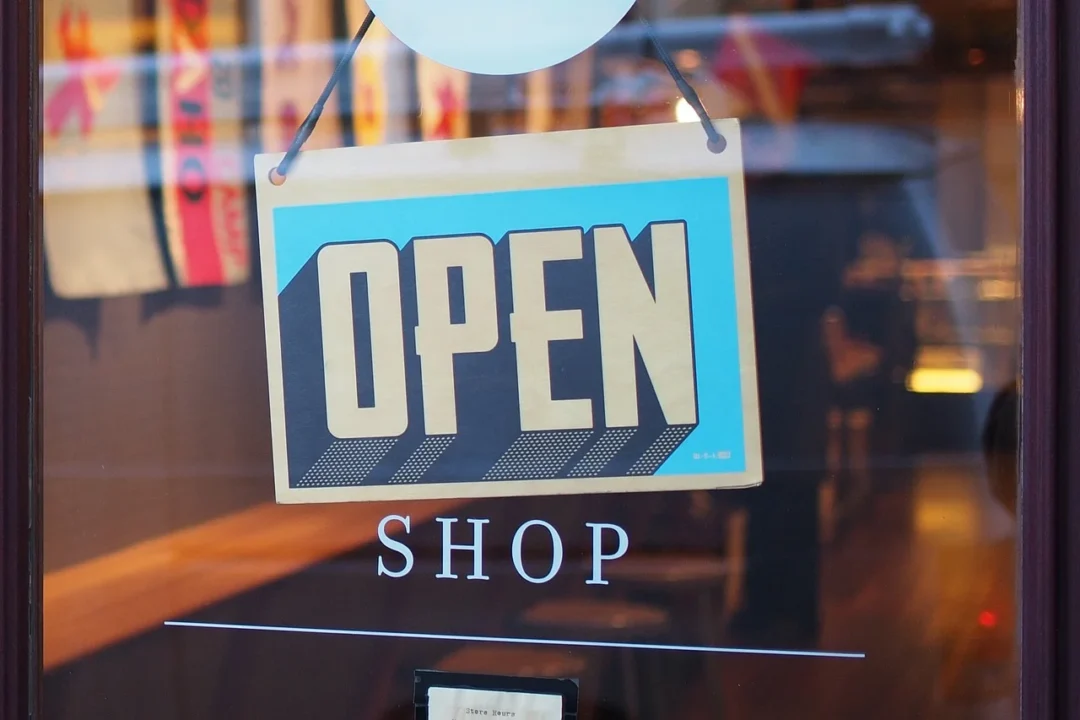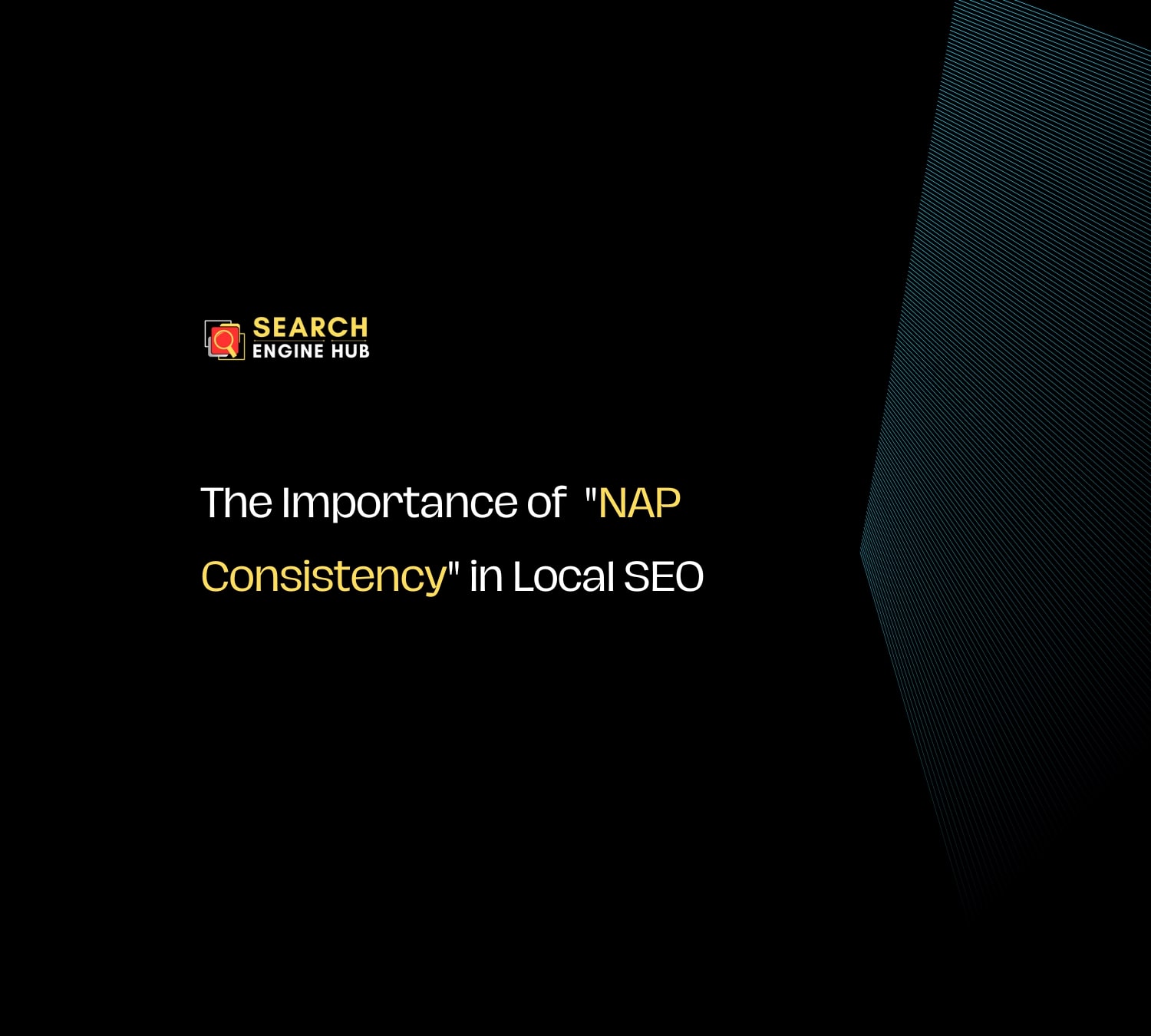As a local SEO specialist with a focus on retail stores, I’ve helped numerous businesses flourish by improving their online presence. In this digital age, where every search and click matters, understanding and implementing effective local SEO strategies can be a game-changer for your retail store.
This article aims to guide you through the process, sharing proven techniques and personal experiences that will help you connect with your local audience more effectively.
Key Takeaways
- Understand your local audience and tailor your SEO strategy.
- Optimize your Google My Business profile.
- Ensure your website is mobile-friendly and easy to navigate.
- Use local keywords and create content relevant to your community.
- Get listed in local directories and build relationships with nearby businesses.
- Encourage and manage customer reviews effectively.
- Regularly monitor and adjust your SEO strategy.

Understanding Your Local Audience
When it comes to local SEO for your retail store, knowing your audience is crucial. This means figuring out who typically comes into your store and what they are looking for. Understanding your customers helps you tailor your SEO strategy to reach the right people.
1. Identifying Your Customers
Start by observing who visits your store. Are they young adults, families, or maybe older individuals? For example, if your store is near a university, you’ll likely see many students. These observations give you clues about who your audience is.
2. Understanding Their Needs
Once you know who your customers are, think about what they need or want. Students might look for affordable and trendy clothing or supplies for their studies. If your store caters to this group, you might focus on keywords like “affordable student fashion” or “university essentials.”
In my experience, one retail store I worked with realized most of their customers were parents buying toys for their children. We shifted their SEO focus to keywords like “kids’ toys” and “educational games for children,” which led to a noticeable increase in relevant customers visiting the store.
3. Adapt to Their Behavior
Also, consider how your customers behave. Do they shop quickly, or do they spend time browsing? If they’re in a hurry, highlighting quick shopping options or easy-to-find products on your website can be beneficial.
4. Ask for Feedback
Don’t hesitate to ask your customers directly what they’re looking for. You can do this in-store or through online surveys. This feedback is valuable and can provide insights that you might not have considered.
5. Research Local Trends
Use tools like Google Trends to see what people in your area are searching for. This can help you tailor your products, services, and marketing to what’s in demand.
Google My Business Optimization
Creating or claiming your Google My Business (GMB) profile is a key step in local SEO. This profile is what appears when customers search for your store or businesses like yours on Google. Here’s how to set it up:
Setting Up Your Profile
- Go to Google My Business: Visit the Google My Business website and sign in with your Google account.
- Find Your Business: Search to see if your business is already listed. If it is, you can claim it. If not, you can create a new listing.
- Fill in Your Details: Add accurate information about your store, including its name, address, phone number, and hours of operation. This information should be consistent with what’s on your website and other online listings.
- Add Photos: Upload high-quality images of your store, products, and even your team. This helps customers see what to expect and can make your listing more appealing.
- Verify Your Listing: Google will need to verify your business, usually by sending a postcard to your business address with a verification code.
Manage Customer Reviews
Reviews on your GMB profile can significantly impact your store’s reputation and SEO. Here’s how to manage them effectively:
Encourage Reviews
Happy customers are often willing to leave reviews if you ask them. You can do this in person, through email, or via social media. For instance, after a purchase, you could say, “We’d love to hear your feedback on Google!”
Respond to Reviews
Make it a habit to respond to all reviews, good or bad. For positive reviews, a simple thank you goes a long way. For negative reviews, respond professionally and offer to resolve the issue. This shows potential customers that you care about customer satisfaction.
Optimizing Your Website for Local SEO
A local-friendly website is one that not only attracts customers but also caters to their specific local needs and preferences. Here’s how to make your website more appealing to your local audience:
- Tailor Content to Local Needs: Your website should reflect the uniqueness of your location and what local customers are looking for. For instance, if your clothing store is in Miami, your website could feature summer wear, beach accessories, and styles popular in Miami. Highlighting local events or seasons can also make your content more relevant.
- Easy Navigation: Ensure your website is easy to navigate. Customers should find what they’re looking for quickly, whether it’s product information, store hours, or your contact details. A simple, well-organized layout is key.
- Localize Your Contact Information: Include your local address and phone number prominently on your website. This not only helps customers find you but also reinforces your local presence to search engines.
Mobile Optimization is Key
With most local searches occurring on mobile devices, having a mobile-optimized website is crucial.
- Responsive Design: Your website should look and work well on all devices, especially smartphones. A responsive design automatically adjusts the layout based on the device’s screen size.
- Speed Matters: Mobile users expect quick loading times. Optimize images and streamline your site’s code to ensure your website loads fast.
- Touch-Friendly: Make sure buttons and links are easy to tap on a mobile screen. Avoid cluttered design that makes navigation difficult on smaller devices.
Use Local Keywords
Incorporating local keywords into your website helps search engines understand where your business is and what it offers.
- Research Local Keywords: Find out which phrases people use when searching for businesses like yours in your area. Tools like Google Keyword Planner can help with this.
- Integrate Keywords Naturally: Use phrases like “boutique in Miami” or “Miami fashion store” in your website’s content, including page titles, headings, and body text. However, it’s important to use them naturally. Overusing keywords can hurt your SEO.
- Local Landing Pages: If you serve multiple locations, consider creating a separate landing page for each location. This can further boost your local SEO.
You may also want to read on How to find the best keywords for your industry
Leveraging Local Content
Incorporating local elements into your content strategy not only boosts your SEO but also resonates more with your local audience. Here’s how to do it effectively:
1. Write About Local Events
Tap into what’s happening in your community. For example, if there’s a popular street festival in your area, create a blog post about it. If you own a clothing store, you could discuss festival fashion trends, showcasing how your products fit into these events. This not only highlights your products but also shows your engagement with the local community.
2. Highlight Local News
Stay updated with local news and think about how your products or services relate to current events. If a local sports team wins a big game and you sell sports apparel, it’s a great opportunity to feature relevant merchandise in a blog post or on social media.
Use Local Landmarks
Mentioning landmarks near your store can boost your local SEO and make your content more relatable.
1. Local Landmarks as Reference Points
Use local landmarks in your website content and social media posts. Phrases like “just steps from the iconic Miami Beach” or “around the corner from the historic downtown theater” connect your store to well-known locations, making it easier for locals and tourists to find you.
2. Incorporate Landmarks in Visuals
Include images or graphics that showcase these landmarks or your store’s proximity to them. This visual connection can be a powerful tool in establishing your local presence.
I once worked with a café located near a historic park. By regularly posting about events at the park and even offering special deals for park visitors, they saw an increase in customers who were in the area and looking for a nearby café.
Building Local Links and Citations
One of the key elements of local SEO is ensuring your business is listed in various local directories and online listings. This step is crucial for increasing your store’s visibility and credibility.
How to Get Listed
- Local Directories: Start with directories specific to your area. This could be a local business association’s website or a community directory.
- Online Listings: Make sure your store is listed on major online platforms like Yelp, Yellow Pages, and TripAdvisor, especially if they are popular in your locality.
- Consistency is Key: Ensure that your store’s name, address, and phone number (NAP) are consistent across all listings. Inconsistencies can confuse both customers and search engines.
Collaborate with Local Businesses
Building relationships with other local businesses can lead to valuable link exchanges, which are great for SEO.
Establishing Partnerships
- Find Complementary Businesses: Look for businesses that complement but don’t compete with yours. For example, if you sell sports gear, a local gym would be a perfect partner.
- Offer Mutual Benefits: Propose a partnership where both parties can benefit. You could agree to promote each other’s businesses on your respective websites and social media platforms.
Link Exchanges
- Share Links: Include a link to your partner’s website on your own site, and vice versa. This can be in the form of blog posts, a partners’ page, or even in your product pages.
- Host Joint Events: Collaborate on events or promotions and use this as an opportunity to create online content that links back to both websites.
In my experience, a local bookstore partnered with a coffee shop next door. They exchanged links on their websites and co-hosted reading events. This not only increased their online visibility but also brought in more customers who stayed to enjoy books and coffee.
Managing Online Reviews and Reputation
Positive reviews can significantly boost your local SEO. They also build trust with potential customers.
Respond professionally to negative reviews. This can turn a bad experience into a positive one. I once had a client who turned a one-star review into a five-star service showcase by addressing the issue promptly and efficiently.
Monitoring and Adjusting Your Strategy
Use tools like Google Analytics to monitor your website’s traffic and search rankings. This helps you understand what’s working and what needs improvement.
SEO is always changing. Keep yourself informed about the latest trends and algorithm updates to stay ahead.
In conclusion, Effective local SEO requires a focused approach tailored to your community, consistent monitoring, and adaptation to trends. This continuous effort can significantly enhance your retail store’s local visibility and customer base.




